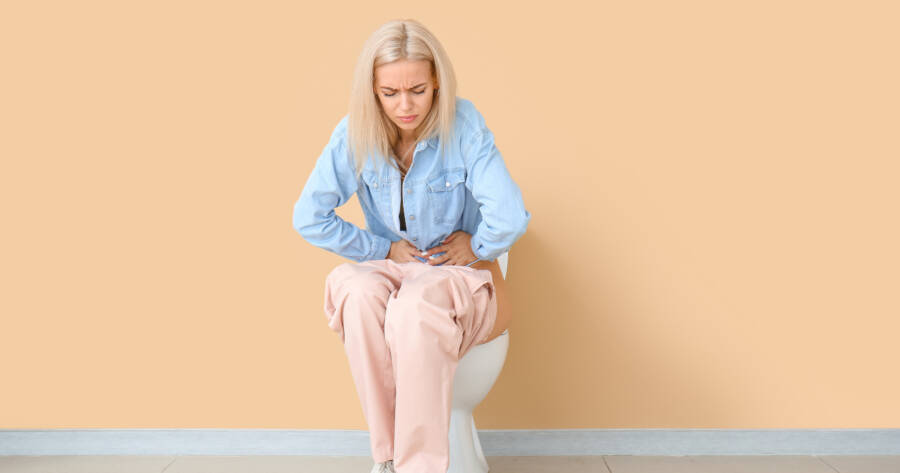Bladder leakage, a prevalent issue affecting women’s health, often goes unspoken due to social stigma. Fortunately, you can learn everything you need to know about bladder leakage with a search online right now.
While many suffer in silence, understanding its causes and remedies is crucial. This condition, medically known as urinary incontinence, impacts women of all ages. Knowing its roots and treatment options can empower women to seek appropriate care.
Understanding Bladder Leakage: Causes in Women
Bladder leakage, or urinary incontinence, can be caused by a variety of factors. Understanding these causes is key to managing or treating the condition.
- Weak pelvic floor muscles: The pelvic floor muscles support the bladder and urethra. When these muscles are weak, they can’t effectively hold back urine, leading to leakage. Weakness in these muscles often results from childbirth.
- Hormonal changes during menopause: Estrogen helps maintain the strength and flexibility of tissues in the urinary tract and pelvic floor. As estrogen levels decline during menopause, these tissues can weaken, contributing to incontinence.
- Obesity: Excess body weight increases pressure on the bladder and surrounding muscles, which can lead to stress incontinence. Obesity also can contribute to chronic health conditions like diabetes, which may have an impact on bladder control.
- Chronic coughing: Persistent coughing, often associated with conditions like chronic bronchitis, asthma, or smoking, puts repeated stress on the pelvic floor muscles. This can lead to their weakening over time, making urinary incontinence more likely.
Types of Urinary Incontinence
There are several types of urinary incontinence, each with distinct characteristics, including:
Stress Incontinence
This is the most common type of incontinence in women. It occurs when there’s pressure (stress) exerted on the bladder, typically during physical activities like coughing, sneezing, laughing, lifting heavy objects, or exercise.
The pressure causes the bladder to leak urine. Stress incontinence is often associated with weakened pelvic floor muscles, which can result from childbirth, surgery, or menopause.
Urge Incontinence
Also known as overactive bladder, urge incontinence is characterized by a sudden, intense urge to urinate, followed by an involuntary loss of urine. The bladder muscles contract at inappropriate times, regardless of the volume of urine in the bladder.
Causes can include urinary tract infections, bladder irritants (such as certain medications), neurological disorders, and conditions like diabetes. It can also occur without an identifiable cause.
Overflow Incontinence
This type occurs when the bladder doesn’t empty properly, leading to frequent or constant dribbling of urine. Common in men with prostate gland problems, it can also occur in women.
Causes include weakened bladder muscles or a blocked urethra. Conditions like diabetes, spinal cord injuries, and certain medications can also contribute to overflow incontinence.
Functional Incontinence
Functional incontinence is less about problems with bladder function and more about the inability to reach the bathroom in time. This can be due to physical or mental impairments.
For example, arthritis or severe cognitive impairments like dementia can prevent someone from unfastening clothing quickly enough, leading to accidents.
Lifestyle Changes and Home Remedies
Simple lifestyle changes can significantly impact bladder health. Regular pelvic floor exercises, known as Kegels, strengthen the muscles controlling urination. Maintaining a healthy weight and avoiding bladder irritants like caffeine and alcohol are beneficial.
Timed voiding and bladder training techniques also prove effective. Encouraging online research on these remedies provides women with a variety of options to manage their condition.
Medical Interventions
When lifestyle changes aren’t enough, medical interventions can offer relief. Medications are available to treat overactive bladder symptoms.
For more severe cases, surgical options, such as sling procedures, are effective. Pelvic floor physical therapy is another avenue. Consulting healthcare providers and researching these treatments online can offer more comprehensive solutions.
Psychological Impact and Support
Bladder leakage can lead to emotional distress and social isolation. It’s important to acknowledge the psychological impact of this condition.
Seeking support from healthcare professionals, support groups, or online communities can be beneficial. Learning about others’ experiences online can provide comfort and a sense of community.
Prevention Strategies
Preventive measures can reduce the risk of developing bladder leakage. Regular pelvic floor exercises are key. Avoiding excessive strain on the bladder, such as from chronic constipation, is important.
A balanced diet and sufficient fluid intake also play a role. Researching prevention strategies online can offer additional tips and practices to incorporate into daily routines.
Best Bladder Leakage Underwear Options
When facing bladder leakage, choosing the right underwear can make a huge difference in comfort and confidence. Thinx Super Absorbancy Underwear is designed to handle even heavy days, ensuring you stay dry and at ease. For those who prefer a more stylish option, the Knix Leakproof Bikini combines fashion with functionality, offering discreet protection.
Aisle Boost Boxers are another excellent choice, offering both comfort and security. For a high-waisted option, the Saalt Leakproof High Waist, available at Amazon, provides extra coverage and leak protection. Lastly, the Dear Kate Ada Brief is perfect for those seeking a blend of elegance and effectiveness, with its sleek design and reliable absorbency. Each of these options offers a unique blend of style, comfort, and protection, helping you manage bladder leakage with ease and confidence.
Open a Dialogue About Bladder Leakage
Bladder leakage in women is a treatable condition, not an inevitable part of aging. It shouldn’t be considered a taboo to discuss. In fact, understanding its causes and exploring various remedies are crucial steps.
By researching online and discussing this topic openly, women can find effective solutions and support. This knowledge not only leads to empowerment, but also improved health and quality of life.
